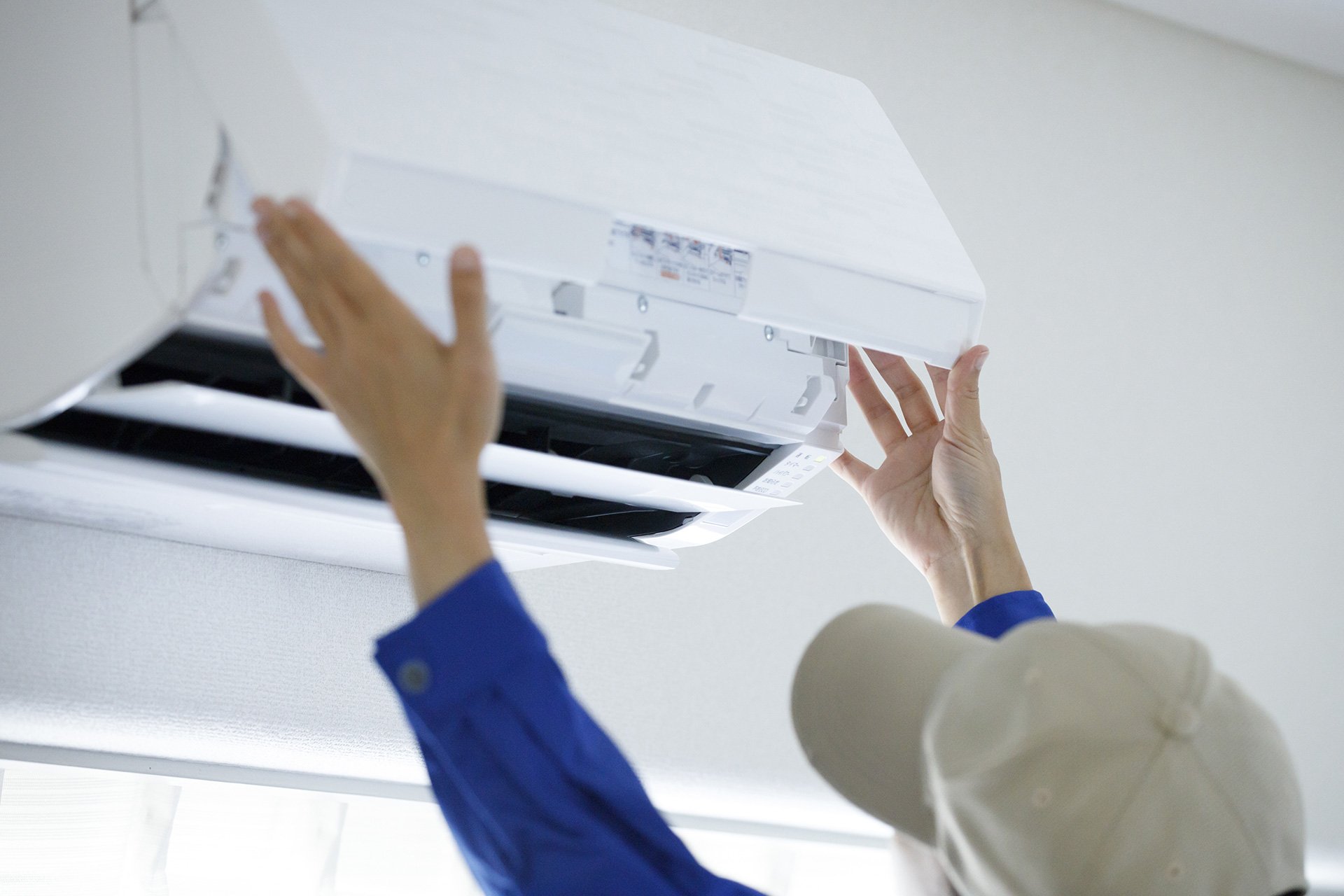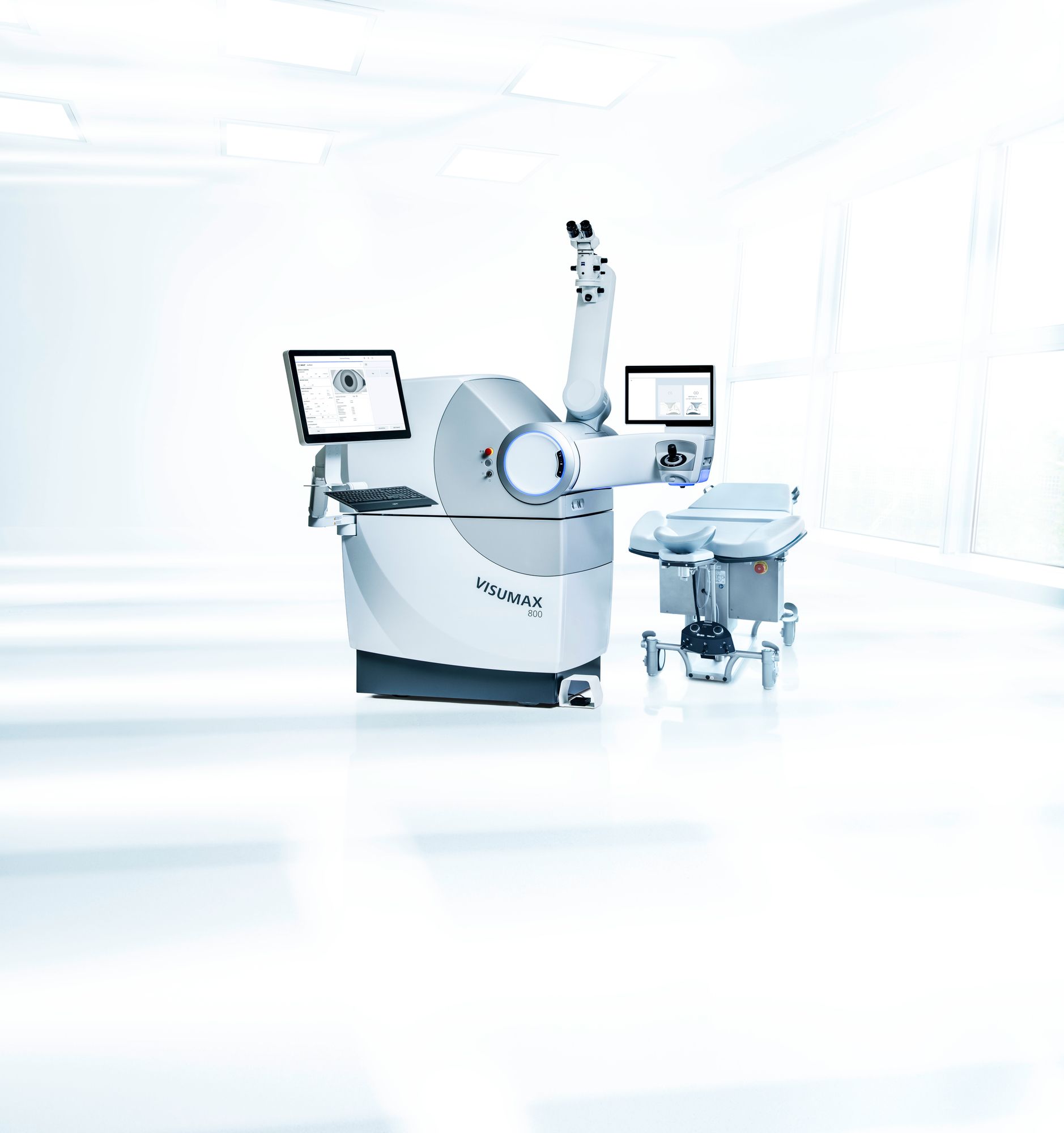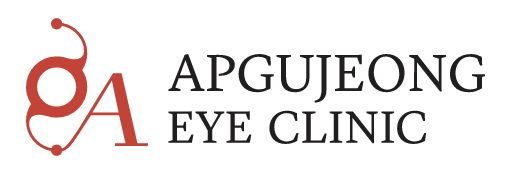EVO ICL vs Eyecryl Phakic Lens | Cost & Safety Comparison for ICL Surgery in Korea
What Are These Lenses?
EVO ICL is a posterior-chamber phakic intraocular lens (pIOL) made of collamer material, implanted behind the iris and in front of the natural lens. It’s designed for high myopia (nearsightedness) or astigmatism when corneal procedures (like LASIK) are not suitable.
Eyecryl Phakic Lens (also called Eyecryl pIOL) is another posterior chamber phakic lens, made of hydrophilic acrylic, also used for moderate to high myopia and sometimes astigmatism.
Both are “implantable lens” options (rather than corneal reshaping), which preserve the cornea and are reversible to an extent.
Cost Comparison in Korea
EVO ICL
- In Korea, EVO ICL surgery commonly costs around ₩3,500,000 – ₩5,500,000 KRW per eye (about USD $2,400-3,800) depending on clinic, lens type, and inclusions.
- For both eyes, packages often quoted in the range of ₩7,000,000 – ₩11,000,000 KRW (USD roughly $4,900-7,700) in some clinics.
Eyecryl Phakic Lens
- Public data are less abundant for Eyecryl specifically in Korea, but international studies suggest the lens is marketed as a more cost-effective alternative to premium ICL models.
- For example, some patient reports show costs of around USD $4,400 for both eyes abroad (not Korea-specific) for Eyecryl pIOL.
- Given that EVO ICL cost per eye in Korea is ~₩3.5-5.5 million, it is reasonable to expect Eyecryl in Korea might cost somewhat less—though you’ll need to get a quote, as exact Korean pricing is less publicly documented.
Key takeaway on cost:
If you’re comparing the two, EVO ICL tends to be positioned as the “premium” option with higher cost; Eyecryl may offer savings if you’re a suitable candidate—but always confirm inclusions, lens type (astigmatism correction?), and what the quote covers.
Safety & Clinical Differences
What the Studies Say
- EVO ICL has strong long-term data and is widely used globally. Its design features (e.g., central port or “hole”) improve fluid flow and reduce rates of cataract formation/angle block.
- For Eyecryl Phakic Lens, some comparative studies show similar efficacy and safety outcomes to ICL in short- to mid-term follow-up, including good visual acuity, vault control, and low complication rates in the selected patient groups.
- A study comparing vault dynamics found that Eyecryl phakic lenses showed more symmetric vaults in certain conditions compared to ICL.
Key Safety Considerations
- Vault (distance between lens and natural lens): Critical to avoid cataract formation (if too low) or angle-closure/glaucoma (if too high). Both lens types require good pre-op measurement.
- Endothelial cell loss: A risk with any intraocular lens; long-term data favour posterior-chamber models like EVO ICL when properly selected.
- Cataract formation and intraocular pressure (IOP): Though rates are low with modern lens designs, they exist. Proper sizing and monitoring are vital.
- Reversibility: Both lenses are removable if needed, which is an advantage vs some permanent corneal procedures. EVO ICL especially emphasises reversibility.
Safety difference summary
While both options are generally safe in well-selected patients, EVO ICL benefits from larger global data and strong long-term follow-up. Eyecryl appears promising and may offer similar outcomes in selected patients—but may have less long-term published data (especially for very high-risk eyes).
Which Should You Consider?
Choose EVO ICL if you:
- Have high myopia, astigmatism, thin corneas, or dry eyes and want a well-proven premium lens option.
- Are comfortable paying a higher cost for a longer track record and premium brand.
- Prefer a lens with broad global support and high surgeon familiarity.
Choose Eyecryl Phakic Lens if you:
- Are seeking a cost-efficient phakic lens option and your eye measurements make you a good candidate.
- Have moderate-to-high myopia/astigmatism but don’t require the “top tier” pricing.
- Are comfortable discussing with the surgeon the specific lens type, long-term data, and follow-up plan.
What to Ask Your Surgeon & Clinic
- Which lens model will they use (EVO ICL vs Eyecryl vs other)?
- What is the vault prediction method and how is sizing done for your eye?
- What is the cost breakdown: lens cost, surgery, follow-ups, enhancements?
- What are the surgeon’s experience numbers specifically for the lens model you’re being offered?
- What is the recommended follow-up plan, especially given you’re a foreign patient (if travelling to Korea)?
- What happens if you later develop cataract or glaucoma—how is removal or exchange handled?
- Are there any travel-oriented extra costs (accommodation, translator, check-ups) not included in the quoted price?
Final Thoughts
Both EVO ICL and Eyecryl Phakic Lens represent excellent options for patients for whom corneal laser procedures might not suit. Korea offers competitive pricing and world-class clinics for ICL surgery.
- If budget is a primary concern and your eye-condition fits, Eyecryl may provide good value—but be sure the clinic uses the right lens size and follows strict safety protocols.
- If you prioritise long-term data, surgeon experience, and premium brand/lens performance, EVO ICL is arguably the “safer bet”—and the cost premium may be justified.
As always: proper pre-operative diagnostics, surgeon experience, and after-care matter more than cost itself.













